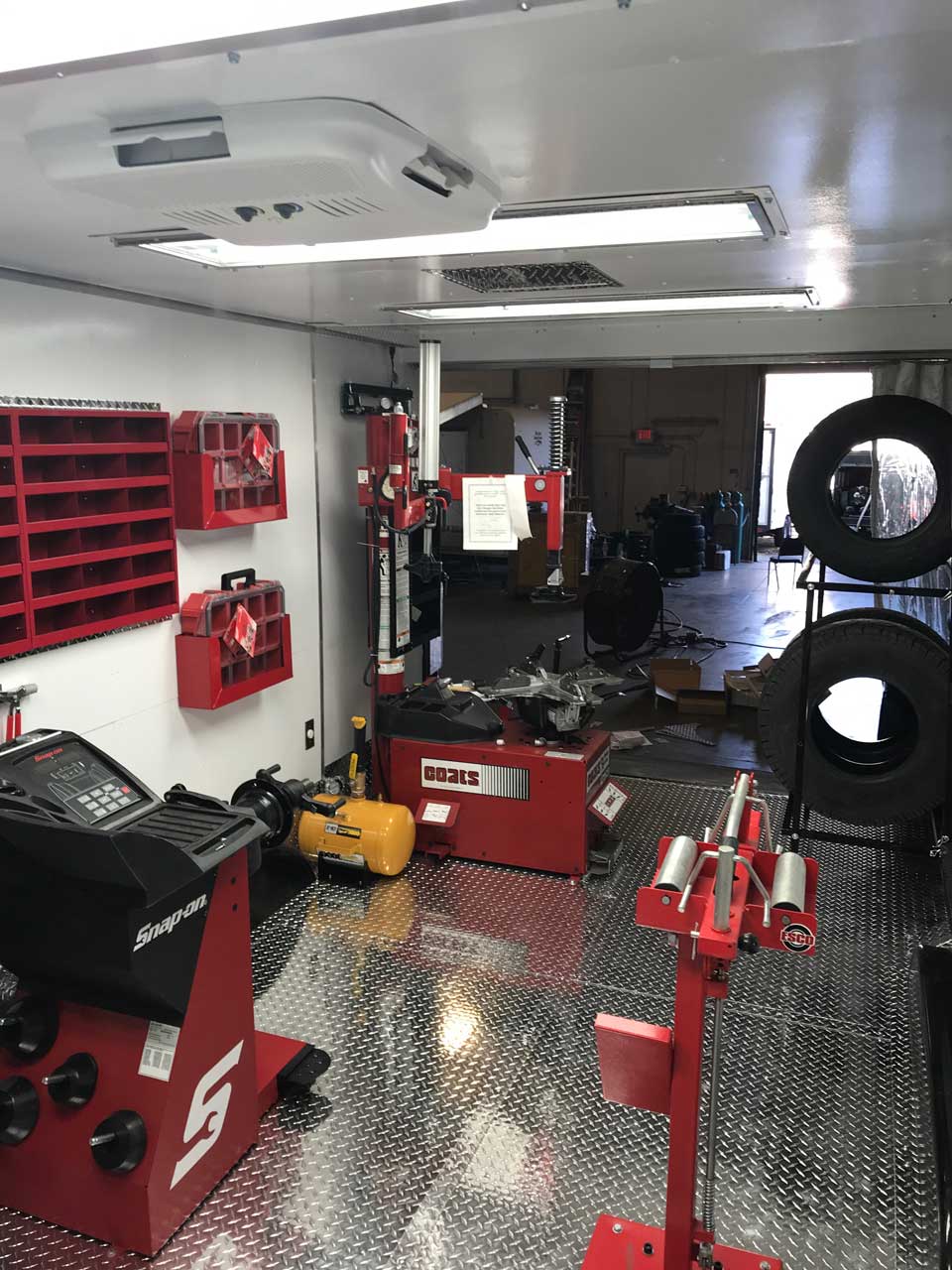Experience Precision with GMC Tire Service at Morris Tires
Wiki Article
Tire Service: The Influence of Weather
When it concerns making sure optimal performance and safety when driving, understanding the effect of weather on tire service is essential. From scorching heat to icy roadways, each climate aspect can substantially affect tire functionality and general driving experience. By delving right into the effects of differing climate condition on tires, drivers can acquire beneficial insights that might improve their vehicle's efficiency and durability. In this discussion, we will certainly discover the complex connection in between weather and tire solution, clarifying the importance of weather-specific tire upkeep practices and considerations.Heat and Tire Performance
When exposed to heats, tires experience modifications in performance that can substantially influence automobile security and handling. The heat created from extended driving or warm climate problems creates the tire rubber to soften, causing reduced walk life and raised wear. As the rubber ends up being softer, the tire's grip when traveling reduces, impacting braking ranges and overall grip. In extreme situations, excessive warmth can also create tire blowouts, presenting a serious security threat to the automobile and its passengers.
Cold Weather Condition Effects
Cold climate problems can have a significant effect on tire performance and safety and security. In cold weather condition, tires may additionally lose air pressure extra swiftly, which can affect handling and fuel performance.To alleviate the results of cold climate on tires, it is essential to frequently check tire stress and inflate them to the supplier's advised degrees. Utilizing winter or all-season tires designed for chilly weather condition problems can likewise enhance traction and grasp on icy or snowy roads. Proper tire upkeep, consisting of normal assessments for wear and damage, becomes much more critical during colder months to guarantee optimal performance and security.
Rainy Issues Effect
During stormy problems, tire efficiency and safety and security can be substantially affected by the damp roadway surfaces and reduced visibility. The step pattern of tires plays a critical function in preserving grip on wet roads. Tires with worn-out footsteps are more vulnerable to hydroplaning, where a layer of water builds up between the tire and the road surface, gmc tire service bring about loss of traction. To battle this, vehicle drivers must regularly check their tires for appropriate tread depth and take into consideration buying tires particularly developed for damp conditions.Moreover, rainy weather condition can also decrease exposure, making it testing for vehicle drivers to see the roadway in advance plainly (GMC Tire Service). In such conditions, it is vital to readjust driving rates as necessary and maintain a risk-free following range to enable sudden quits. Appropriately inflated tires can additionally assist in preserving control on wet roads by providing better handling and grasp
Snow and Tire Security
Snow-covered roads present special challenges for drivers, emphasizing the relevance of appropriate tire option and maintenance. When driving in snowy conditions, having the appropriate tires can make a considerable difference in safety and security and efficiency. Winter months tires are created with special rubber compounds and tread patterns to give much better traction on snow and ice compared to all-season tires. The deeper footsteps and sipes of winter season tires help grip the road better, minimizing the threat of slipping and gliding.
It is essential to comply with producer instructions when setting up and utilizing tire chains to prevent damages to the tires and car. By choosing the ideal tires, keeping appropriate inflation, and considering extra traction help like tire chains, vehicle drivers can improve their safety and security when navigating snow-covered roadways.
Weather-Related Tire Upkeep
Weather-related tire maintenance includes an array of techniques intended at making sure optimum tire feature and longevity in different weather condition situations. One crucial element of weather-related tire upkeep is tire stress policy. Checking tire tread frequently and replacing tires when walk wear reaches a particular depth is essential for maintaining traction and stability in damaging weather condition.
Conclusion
In verdict, climate conditions have a substantial influence on tire efficiency and security. From warm influencing tire stress and use to cold weather condition decreasing traction, it is important to take into consideration the climate when preserving and using tires.In this conversation, we will certainly check out the intricate connection between climate problems and tire service, shedding light on the relevance of weather-specific tire maintenance methods and factors to consider.

Report this wiki page